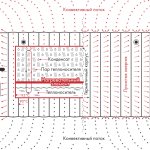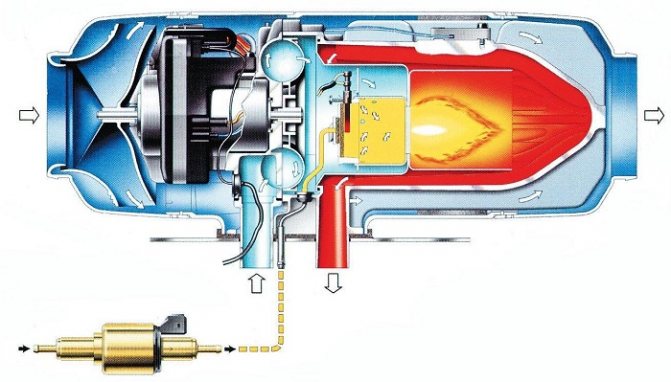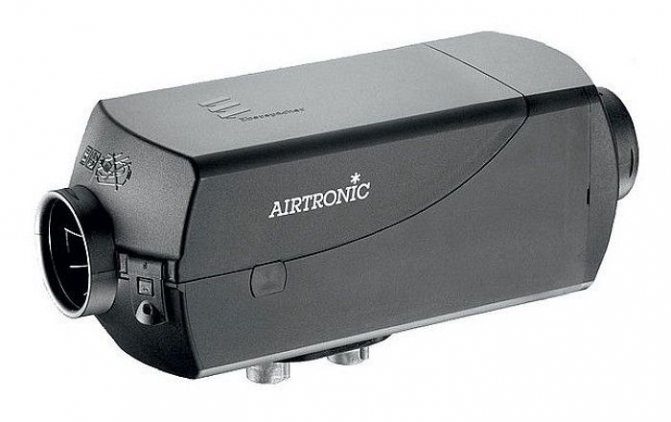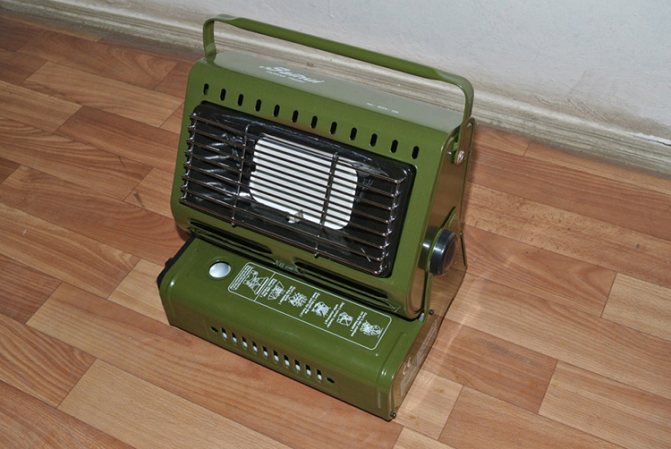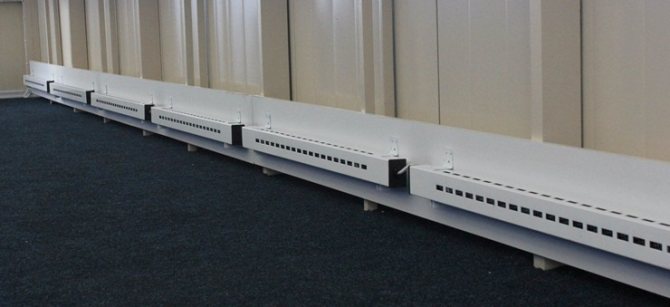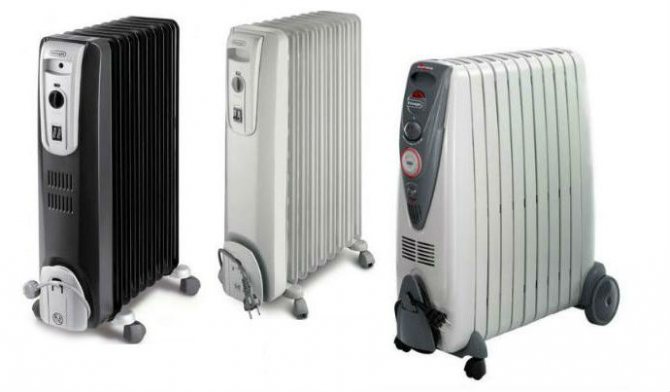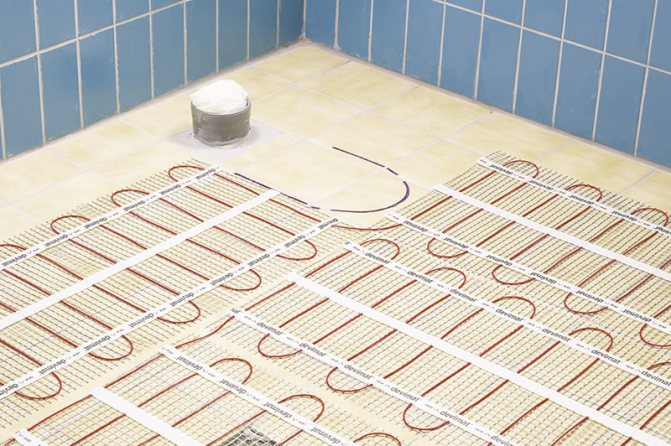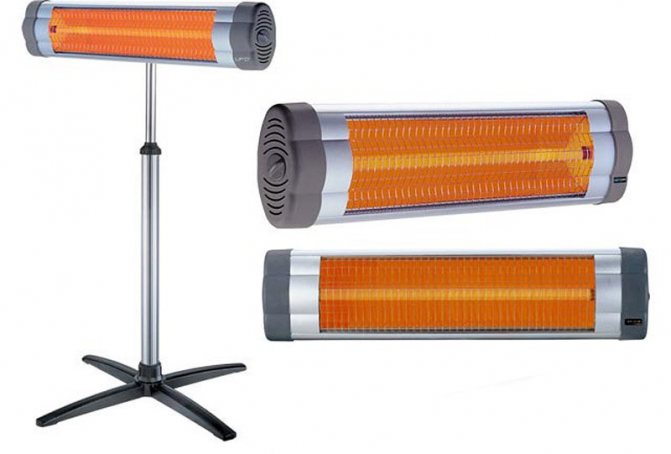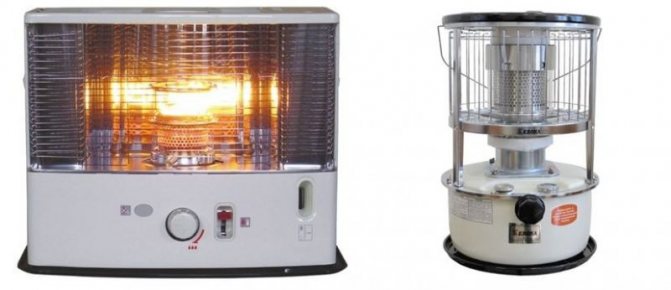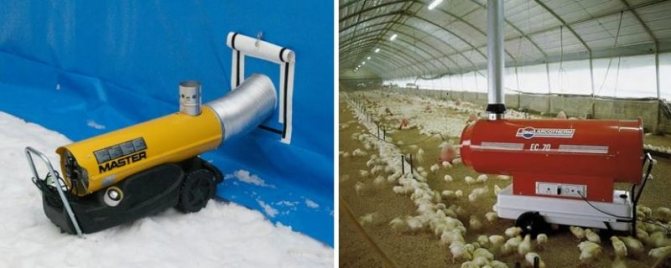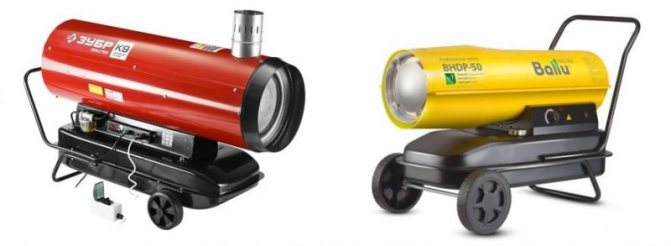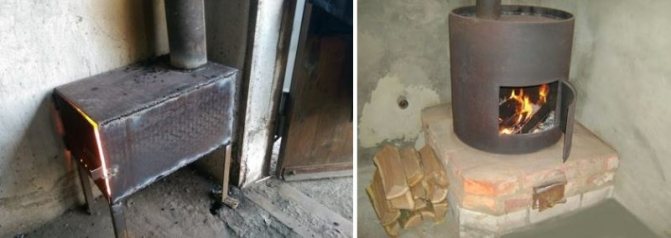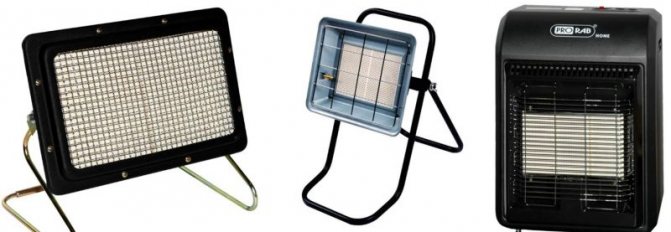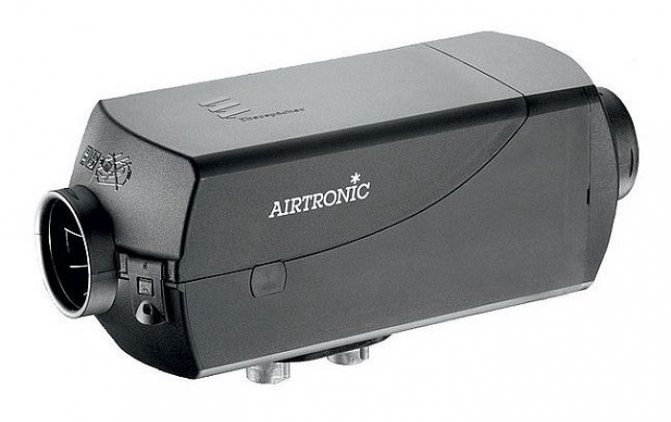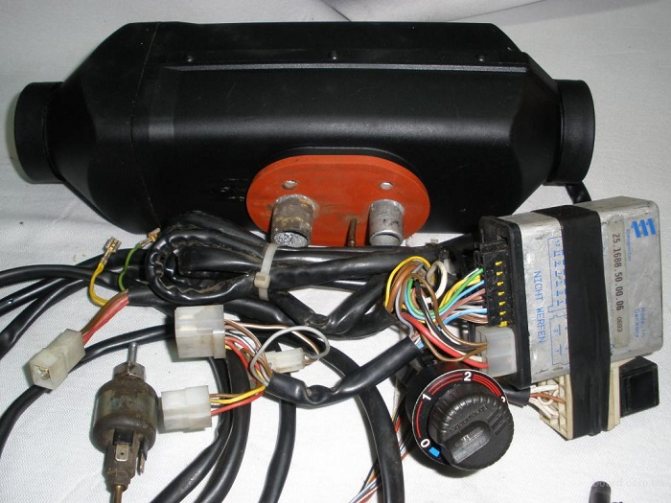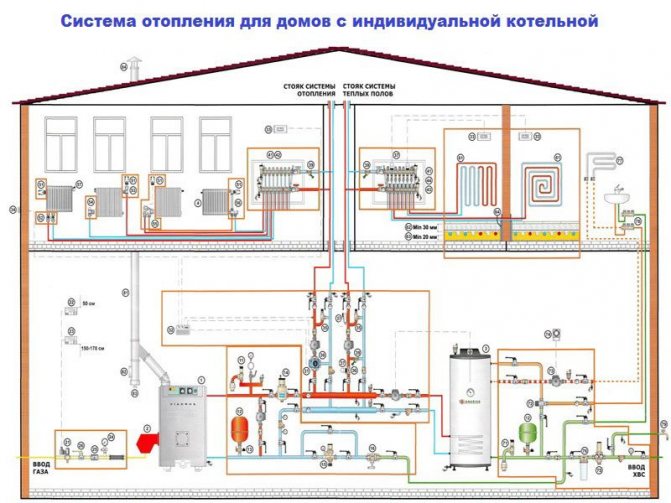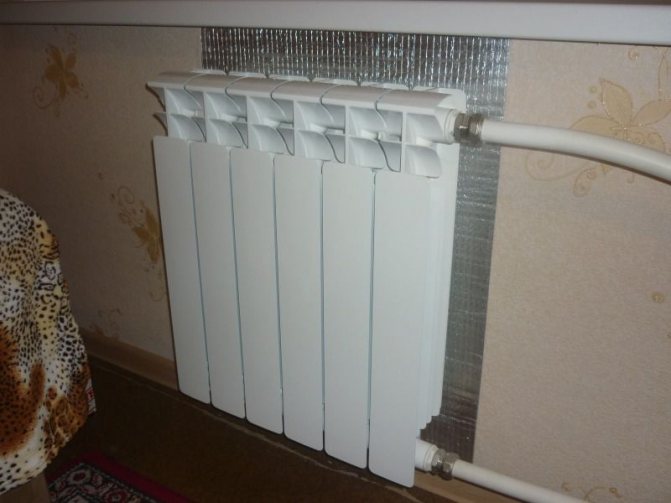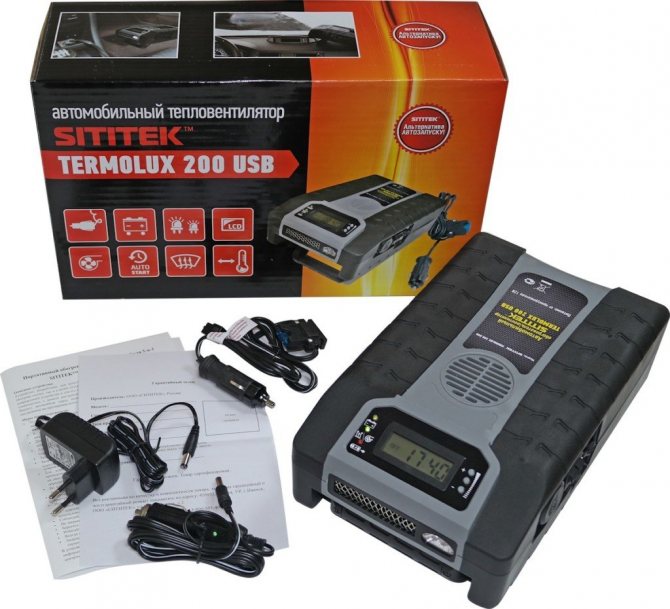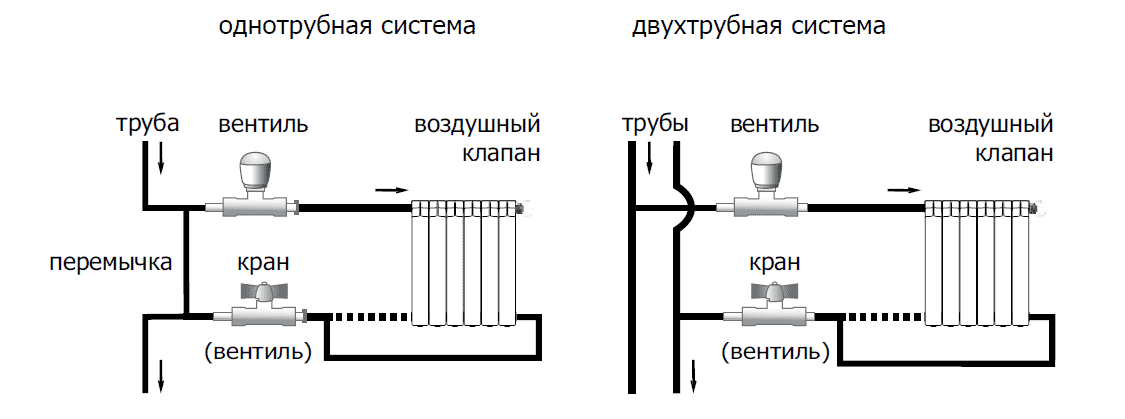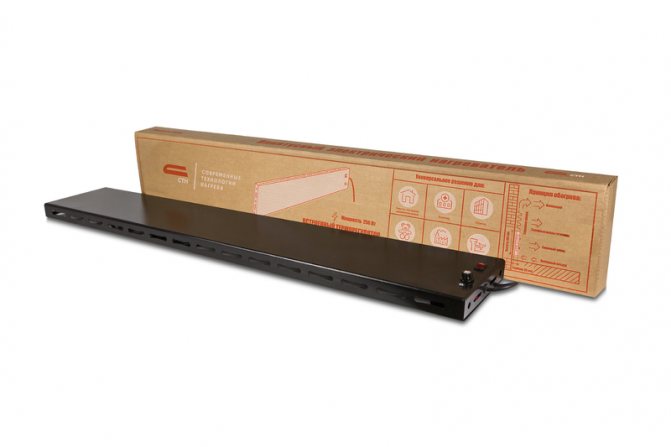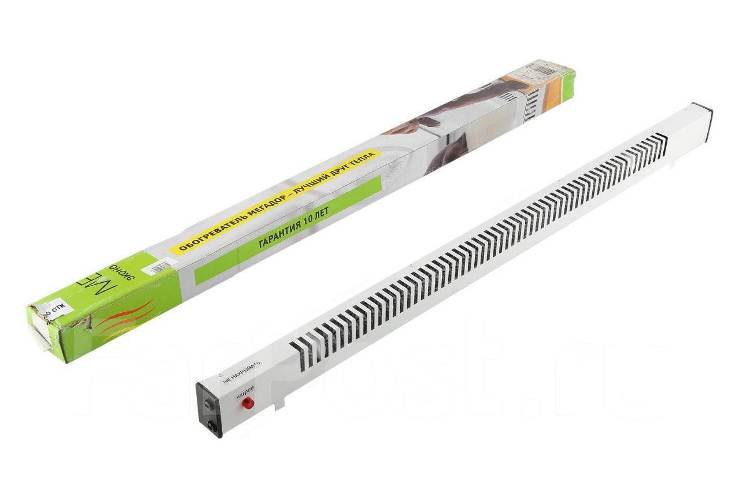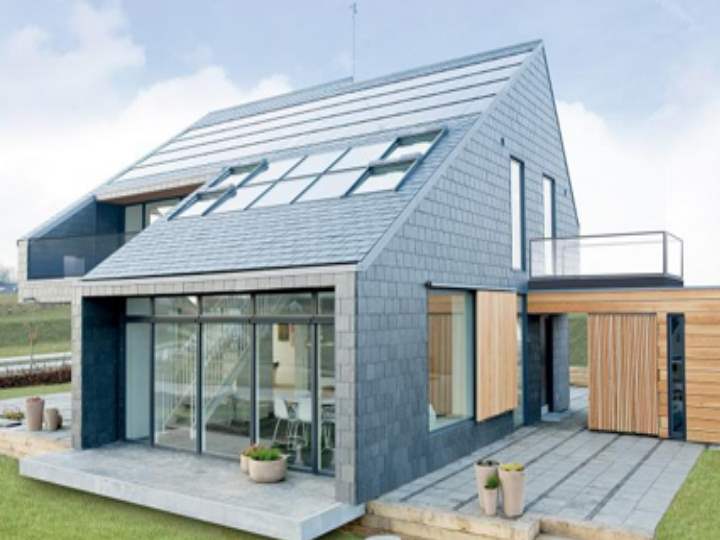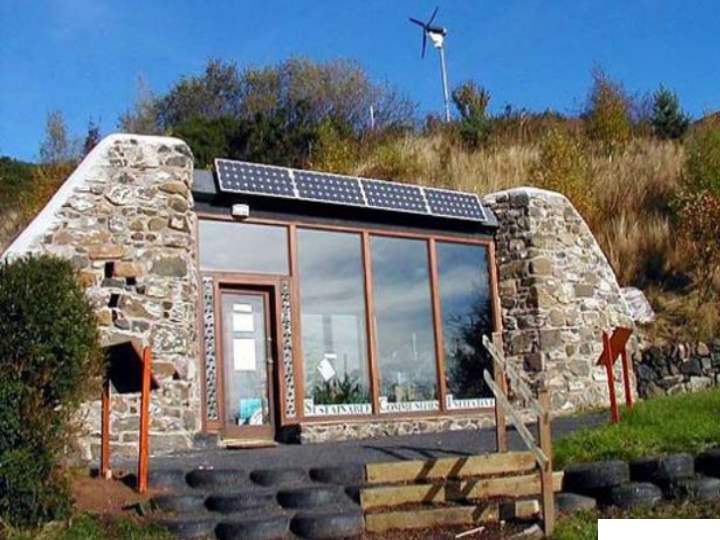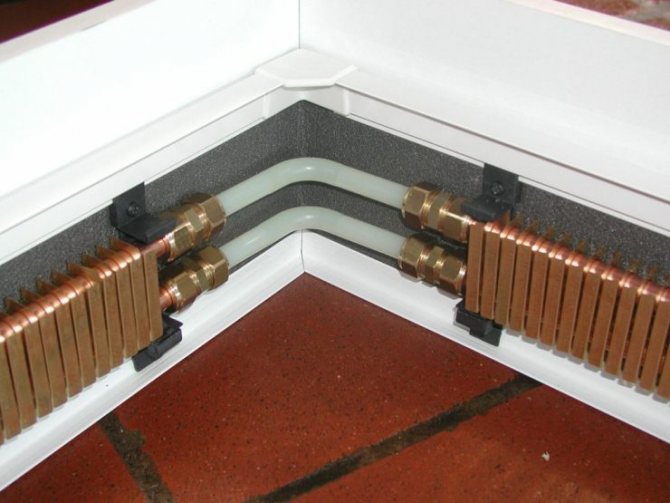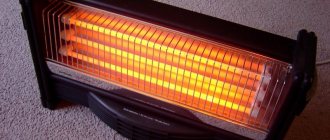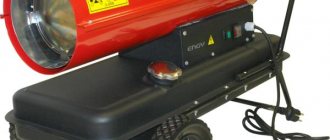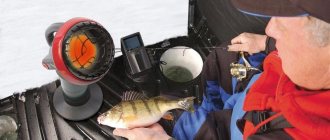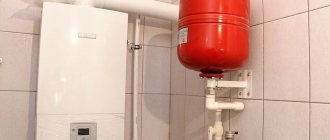BHeat Air are energy saving electric heaters that eliminate the need to install expensive gas heating and avoid the waste inherent in conventional electric heating. "Golden mean", which allows you to save money when buying and not overpay when using.
We will answer the 5 most important questions:
- What is it?
- How does it work?
- How does it work?
- How are the savings?
- How to compare with other heaters?
For those who like brevity - 5-point key messages.
For those who love clarity - an example of "Two Baths".
Answers to frequently asked questions can be found in the Question - Answer section.
What is it?
Vapor-droplet heater or heater with variable heating medium - modern reincarnation of a steam boiler in miniature
but instead of a complex system of boiler, radiators, steam supply and condensate return pipes, vapor drip heaters are an all-in-one solution.
That is, steam is generated, supplied and condensed within the fully sealed housing of the device.
Each device is equipped with controls and automation that monitors both internal processes and temperature changes in the room and controls the operation of the heater in such a way that the room is maintained at the temperature set by the consumer.
How does it work?
Structurally, the vapor-droplet heater consists of an aluminum body and a plastic control panel.
The control panel contains indication and control buttons for the device, inside the panel there is a board with a microprocessor and several temperature sensors.
The board and sensors act as an electronic thermostat and control the operation of the heater according to the preinstalled software.
The aluminum body, in turn, consists of a sealed inner chamber in which a heating element is installed and a small volume of coolant is poured (about 10% of the internal volume of the chamber, so the heater is not afraid of freezing, since there is free space inside for expansion of the coolant without deforming the case and heating element), and fins, which are heated from the walls of the inner chamber.
Cold air, contacting along a large plane with heated fins with a developed structure, heats up and, by means of natural convection, rises up and is supplied into the room.
How does it work?
Inside the sealed chamber, a continuous process of vaporization takes place through intensive evaporation of the coolant (namely, evaporation, not boiling, which ensures almost silent operation of the heater):
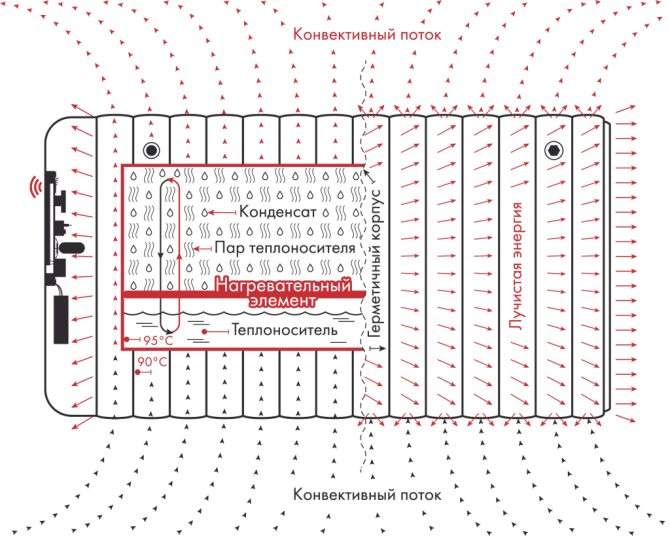
- The heating element converts electrical energy into heat and heats the coolant.
- The heat carrier passes from the liquid to the vapor phase and is evenly distributed over the internal volume of the heater.
- Thanks to the original technical solution, the heating element not only carries out the process of vaporization, but also acts as a superheater, i.e. the generated steam, rising upwards, washes the heating element and receives additional heat, due to which an additional increase in the temperature of the steam occurs.
- Upon contact with the colder walls of the heater, the steam condenses in the form of drops, instantly transferring heat to the walls of the heater, and under the influence of gravity goes down to the heating element.
- The cycle starts over.
Hence the simplified name for this type of heaters "steam" and "drops" - vapor-droplet.
The heating element and coolant are hermetically sealed inside the chamber. The heating element does not have direct contact with air and does not overheat it by evaporating moisture (i.e. it does not dry the air). The coolant does not evaporate during operation and does not need to be refilled during operation.
A bit of history
Gas heater Bartolini
This invention is not new. Back in the twenties of the last century, such devices began to appear in Europe. They immediately gained popularity due to their cheapness and ease of use. They began to be imported to Russia only at the end of the century. And in our country they quickly spread and became in demand. I would especially like to note the Chinese counterparts, which cost almost a penny.
Summer residents were the first to turn their attention to them, to whose dachas a gas pipe was connected. For small spaces, this has become the ideal heating option. After all, in this case, you do not need to arrange a complex system, acquire a large number of different materials and engage in their connection. Heaters of this design are so simple that they can be connected by hand without calling a master. In addition, they are very easy to use, and they take up little space due to their small size. Plus a superb appearance.
Today, self-contained gas heaters are used in many buildings and even offices. But in suburban areas, they are used most often. They heat small rooms such as a garage, a bathhouse, a workshop, a greenhouse, a warehouse, and so on. And in the dachas themselves, as well as in small cottages, these devices are very common today. In addition, manufacturers offer special gas heaters that are installed on cars.
How are the savings?
The main feature of vapor drip heaters is the ability quickly dissipate heat from the heating element
at a constant temperature on a large surface of an aluminum case with developed fins and also
quickly compensate for the heat loss of the room
.
Due to this, vapor-droplet heaters can operate at a lower power than more powerful counterparts (for example, convectors and oil radiators) and warm up the room to a comfortable temperature with less energy consumption.
Inside the heater, the heating medium is converted into saturated steam in order to take advantage of the features of the heat exchange process through condensation.
The main feature of this process is that heat is supplied and removed at a constant temperature. Heat transfer during condensation of saturated vapors is the instantaneous transfer of heat by vapor molecules to the cold wall of the heater.
The steam condenses, and at the same time a sharp decrease in its volume occurs, thus, its own translational movement of the steam towards the wall occurs.
That is, all the heat "removed" from the heating element is quickly transferred to the inner walls of the heater (1 liter of steam gives off 2300 kJ of heat during condensation. The same volume of heat carrier, when cooled by 50 C, gives off only 100 kJ of heat).
It should also be borne in mind that during heat exchange through condensation, steam is formed in a large volume (1672 liters from 1 liter of water), i.e. heat is transferred quickly and over a large area.
Since the steam increases sharply in volume when the coolant passes into the vapor state, a small amount of the coolant in liquid form is enough and, as a consequence, a small amount of electricity is required to heat it and start the vaporization process.
Vapor-droplet heaters, although they are positioned as convective-type heaters, have a powerful, developed surface for creating convective flows, but they are also sources of infrared radiation
since have two surfaces with spherical IR emitters (ribbing) with a large exposure zone, a sufficiently high temperature on the ribbing (up to 80-85 C) and a shagreen paint, which additionally increases the working surface of infrared radiation (similar to “textured ceramics” in ceramic heaters) ...
Key points:
- Small volume of coolant (from 0.25 l, depending on the model) - low power consumption for starting and maintaining the vaporization process.
- Large steam exchange (1672 liters from 1 liter of water) - high rate of heat transfer from the heating element to the heater body
- Heat transfer by condensation - instantaneous transfer of a large amount of heat (2 256 kJ of heat per liter of steam) to the heater body
- Developed structure of ribbing and painting "shagreen" - a large area of the heat-transfer surface
- A sufficiently high temperature on the case is additional infrared heat.
Eventually:
high rate of compensation for heat loss in the room and low power consumption.
Example "Two Baths"
In order to clearly explain what is remarkable about the process of heat transfer by condensation, we will give an example with two identical Russian baths.
In one bath, everything is done as it should be: the stove is heated, stones are warming up, water splashes on the stones, from heating the water turns into a vaporous state and cloudes the entire steam room, warming up the walls, ceiling, air. The temperature in the steam room (together with the humidity) rises rapidly. When the required temperature is reached, they begin to put much less firewood in the firebox in order to just maintain the required temperature.
In another bath, it was decided to conduct an experiment. Everything is done as usual, only water is not poured onto the stones, but they are waiting for the stones to warm up the room themselves. Due to the fact that the area of heat transfer of stones to the air is small and the heat transfer itself occurs through convection, and not condensation, heating the room to the desired temperature takes longer and requires constant maintenance of a high heat of stones. This means that firewood must be placed in the same amount, otherwise the heat transfer will drop and the target temperature cannot be achieved.
Those. in the second bath there is a constant increased consumption of the resource (firewood), while in the first the consumption can be reduced due to the fact that the steam, having a large volume and fast heat supply (through condensation), quickly removes heat from the heating element (furnace with stones) and quickly transfers it to the premises.
The BHeat Air body is the walls, ceiling and floor of the bath.
Heating element - firebox with stones.
Water and steam - water and steam.
Unlike a bath, the body of the heater is made of aluminum in order to quickly transfer the received heat outside (to the heated room), and not keep it inside.
Maintaining a positive temperature in the house in automatic mode
Water supply is also directly related to heating. If in winter they rarely go to the dacha, then it is still not worth it to be too smart with the water supply. For several days, you can bring the necessary supply of liquid with you, or store it in capacious plastic containers since the summer. If the dacha is visited quite often, and the water is used not only for drinking, but also for the shower, as well as the sewage system, then this property is operated as a country house. In this case, more intelligent systems are needed than the classic remote switch.
If the house is periodically exposed to freezing and defrosting, then this is fraught with accelerated damage to the finishing of the real estate, because of which the owners will have to spend additional funds on unscheduled repairs.
The assembly of more complex remote systems should be done if not only high-quality heating of rooms is planned, but also electric heating of the sewerage and water supply system, as well as the constant maintenance of a positive temperature. Similar functions are equipped with expensive models of boilers that operate on gaseous or liquid fuels, equipped with a thermostat.
Important! Heating of water pipes is based on the fact that they are wrapped in a spiral with a heating cable cord, and already from above they are closed with a warm sleeve, which is made of foamed polyethylene.
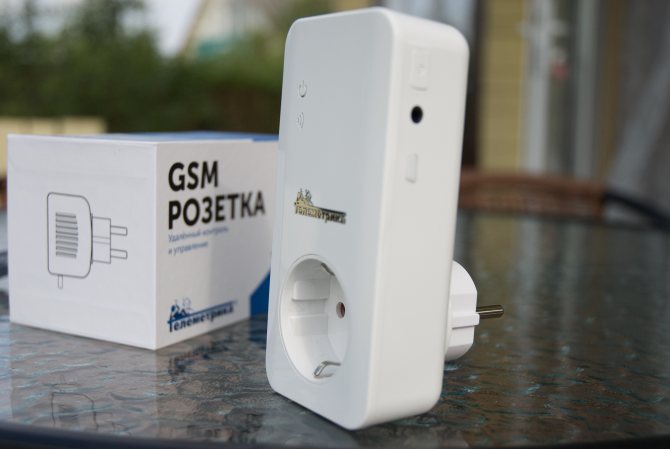

Affordable GSM device from a domestic manufacturer
How to compare with other heaters?
BHeat Air vapor drip heaters have numerical designations that make it possible to understand with which models of electric convectors they are comparable in terms of heat output.
For example, the BHeat Air 1500 model is comparable in terms of heat output to 1500 W electric convectors, i.e. provided that the premises are 15 sq.m. and a standard configuration (ceilings 2.5m, one window, etc.), BHeat Air is able to heat such a room to a predetermined temperature with 30-50% less energy consumption than a conventional electric convector.
Heating activation at a specific time
To create optimal living conditions in the country, you can set the time of arrival in advance. This option suits many modern users with its accessibility and simplicity. To work, you need to purchase a reliable automation relay. The timer is installed in a circuit with an electric heater and simply set the optimal turn-on time.
Advice! If the arrival at the dacha is scheduled for eight in the morning, then you need to set the relay at 5 o'clock. During these 3 hours, the air in the rooms will warm up well.
For significant savings in finances, heating cannot be turned on in all rooms. In the living room and bathroom, it is enough to bring the temperature to +12 ° C. Even if a person comes in from a slight frost, such conditions will be comfortable. In order not to waste electricity, if the train is canceled, you can remotely turn off the heating.
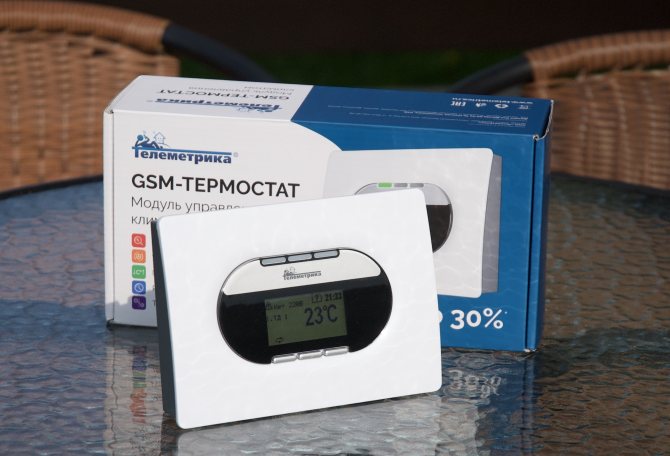

A sought-after device for remote use

